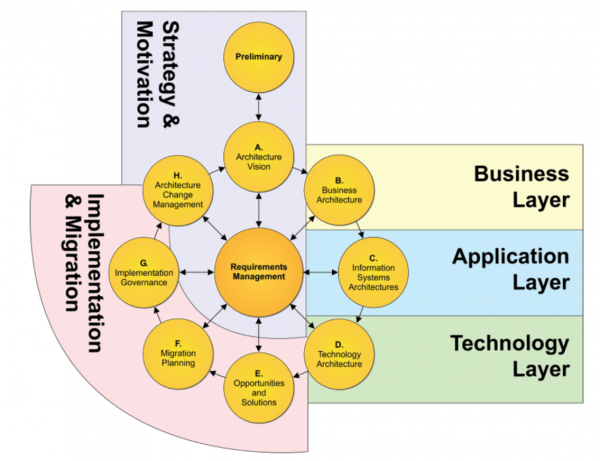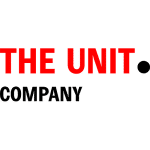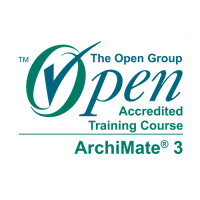TOGAF® and ArchiMate® are registered trademarks of The Open Group.
Introduction into to the ArchiMate® Standard. What is it?
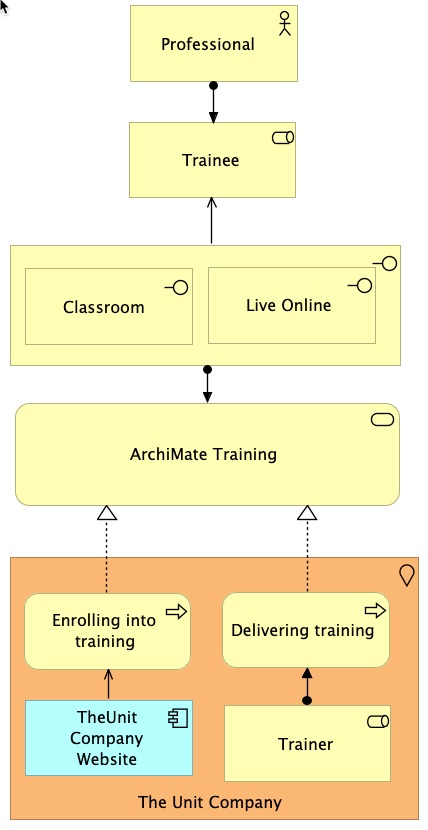
Architecture is all about coherence and communication.
Visualisations are an important aid in communicating the intent. In addition to model also think about handmade pictures and cartoons.
The ArchiMate picture (model) left and it’s story.
The Professional in the role of Trainee follows ArchiMate Training (naturally with The Unit Company..)
The channel that is being used for training is either Classroom or Live online
The Business service ArchiMate Training is realized by two processes.
1. Process Enrolling into training served by the TheUnit Company website
2. Process Delivering training under the resposinsibility assigned to the Trainer role.
A good model (does not exist really) reveals the story line by itself, it has some logic. The description (such as this) is supporting to the model. Strenghts and weaknesses in the model are revealed by really looking at the model and by reflecting on it. You can not model what you do not understand.
ArchiMate is a structured language that visualises the Enterprise Architecture. The business area, informations systems and technology and their interdependencies are visually described. This ability differentiates ArchiMate models with handmade drawings and cartoons. ArchiMate models can used for further development en engineering.
The ArchiMate® Standard is the international graphic language for modeling enterprise architectures. This visualization language offers a uniform and integral way to describe, analyze and visualize architectures. ArchiMate makes it possible to provide insight into the structure and coherence of business processes, organizational structures, information flows and technical infrastructure.
The ArchiMate language is constructed out of several layers.
Each layer has it’s own specific funtion in the overall Enterprise Architecture process.
The process of Developing, having the developed EA implemented and maintaining the Enterprise Architecture.
The layers:
- Strategy: the engagement approach: How am I going to tackle this, which people and resources are needed to achieve the change.
- Business: shows the business services offered to customers. These are realized in the organization by business processes, which are executed by business actors.
- Application: displays the application services that support the company and the applications they realize.
- Technology: Displays the technological services such as processing, storage and communication services that are required for the applications. Includes the computer and communication hardware and system software that realize these services.
- Physical: Physical elements can be added to the technology layer for modeling physical equipment, materials and distribution networks.
- Implementation & Migration: enables modeling of project and portfolio management, gap analysis and transition and migration planning.
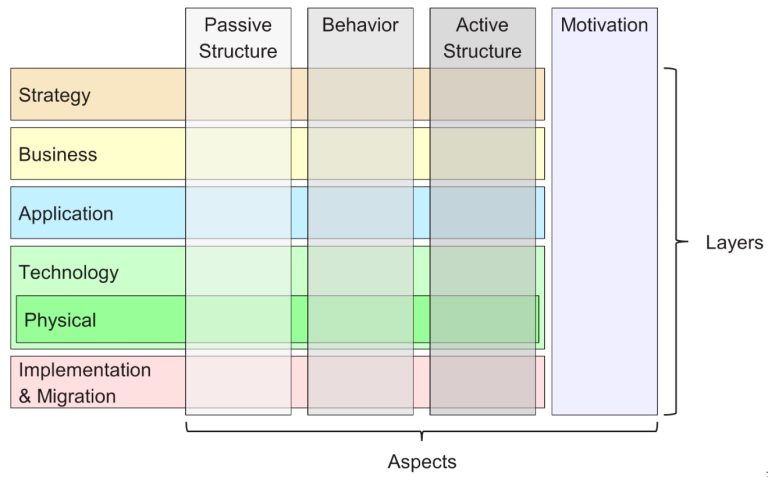
The motivation aspects enables modeling of stakeholders, drivers for change, business objectives, principles and requirements.
The ArchiMate® Standard and the TOGAF framework®
The visualisation language ArchiMate® alligns nicely with the Enterprise Architecture approach from TOGAF®.
ArchiMate® and TOGAF®
During all phases of the TOGAF® Architecture Development architectures are developed and described. The ArchiMate language is often used in all these phases of the TOGAF® Architecture Development Method (ADM) to visualise architecture descriptions.
The Business, Application and Technology Layers support the description of the business, information systems and technology architecture domains defined by the TOGAF® framework, as well as their interrelations.
The strategy and motivational elements are used to support the Requirements Management, Preliminary and Architecture Vision phases of the TOGAF® ADM, which define high-level business objectives, architecture principles and initial business requirements. These are also relevant to the Architecture Change Management phase of the TOGAF® ADM, as this phase is related to changing requirements.
The implementation & migration elements support the implementation and migration of architectures through the Opportunities and Solutions, Migration Planning and Implementation Governance phases of the TOGAF ADM.
The 10 benefits of the ArchiMate® standard
Using ArchiMate® visualization in your organization has many advantages, both for business and IT.
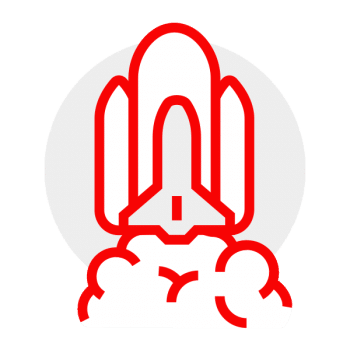
The ArchiMate Standard:
- bridges the gap between business strategy and IT execution
- ensures an unambiguous approach
- ensures a uniform language so that you appoint things in the same way
- provides governance
- supports revenue generation and cost reduction by enabling faster, smarter projects
- provides transparency for business stakeholders
- ensures alignment of IT budget and business strategy and objectives
- stimulates smart reuse of existing processes, applications and infrastructure
- ensures sustainable business agility
- facilitates a pragmatic approach for IT projects
Practical case study ArchiMate® and Application management
In the video below you will learn how to use ArchiMate® for effective application management.
About ArchiMate® Training and certification
- In this training you will learn about Enterprise Architecture and all ins and outs of ArchiMate.
- The training consists of theoretical and practical aspects of ArchiMate so you will learn to apply the modeling language in practice.
- Within the training you will be guided by experienced trainer and you will work together with other students.
- After the training you will have sufficient knowledge to apply the ArchiMate® standard in your daily work and to pass the exams.
- We will proctor your exams during the training. Alternatively you will receive exam vouchers.
About ArchiMate® exams
To become a ArchiMate® Certified professional, you need to pass two exams: the Level 1 (Foundation) exam and the Level 2 (Practitioner) exam. The exams are as follows:
Foundation (Level 1)
- 40 multiple choice questions
- You may not use the book during the exam
- You will have 60 minutes, 90 minutes if the English language is not your native language.
- You pass the exam when answered 60% correct
Practitioner (Level 2)
- 8 scenario based multiple choice questions
- You may use the book during the exam.
- You will have 90 minutes, 120 minutes if the English language is not your native language
- You pass the exam when scored 65% correct
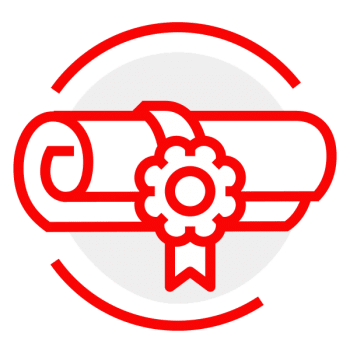
Attendees for this ArchiMate® training include:
- Enterprise Architects
- IT Architects
- Solution Architects
- Business Architects
- Project Managers
- IT Specialists
- Software Engineers
- (IT) Managers
- Business Analysts
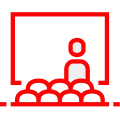

 English
English
 Deutsch
Deutsch
 Nederlands
Nederlands
